Art
#art history
#sculpture
Glitches Distort Household Objects and Art Historical Figures in Sculptures by Jeremiah Hulsebos-Spofford
June 25, 2021
Grace Ebert
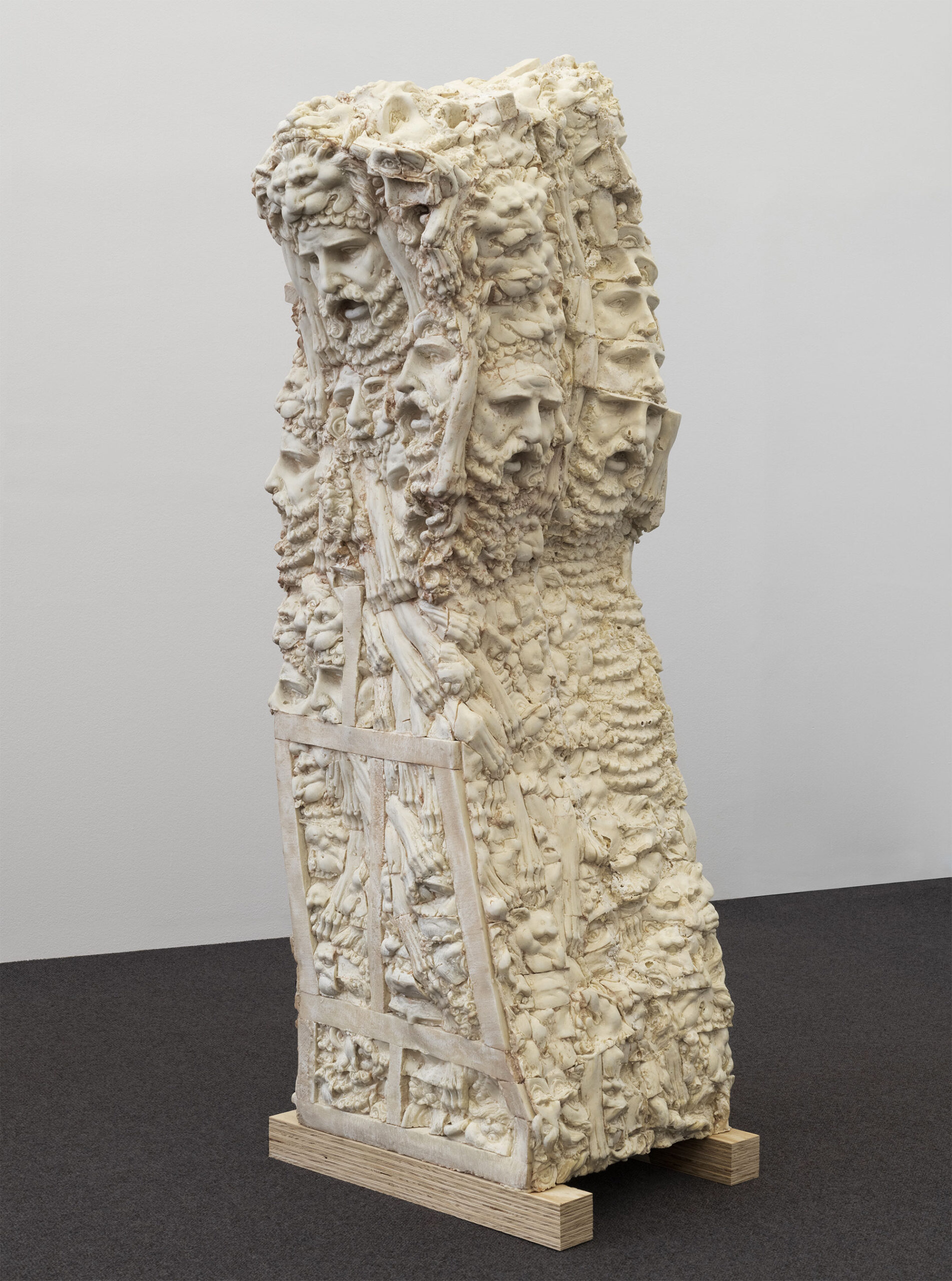
“Garden Gipsoteca: Hercules” (2019), marble, resin, pigment, urethane foam, steel, abd wood, 84 x 36 x 24 inches. All images © Jeremiah Hulsebos-Spofford, by James Prinz, shared with permission
Artist Jeremiah Hulsebos-Spofford reenvisions classical sculptures as chaotic, glitched assemblages that piece together fragmented bits of the original work. His interpretation of “Hercules” is teeming with textured pockets of the figure’s beard and facial features that become increasingly smaller and indiscernible toward the base, while “Venus” is reimagined in a similarly disjointed fashion with fractured body parts forming an upward curve.
Although many of his works evoke ancient art history, Hulsebos-Spofford’s pieces are rooted in modernist aesthetics and understandings of functionality, which manifest more apparently in his oversized Moka pot and Mr. Coffee sculptures. Each piece alters the traditional forms with an implied digital malfunction, which a statement about the works explains:
Inspired by the history of the 1927 architectural competition in Geneva, which asked architects to submit plans for the creation of the Palace of Nations, Hulsebos-Spofford points to the unsettled quandaries and contradictions between classical design and modernist functionalism. Repeating classical sculptural figures remind us of copy-and-paste multiple errors that reference the history of the gipsoteca galleries…Behind all of these references, we are presented with a global constellation of history and technological decay.
If you’re in Chicago, you can see the works shown here as part of League of Nations, which is on view between June 2 and August 29 at the Chicago Cultural Center. Find more of Hulsebos-Spofford’s sculptures on his site and Instagram, where he also shares glimpses into his process.
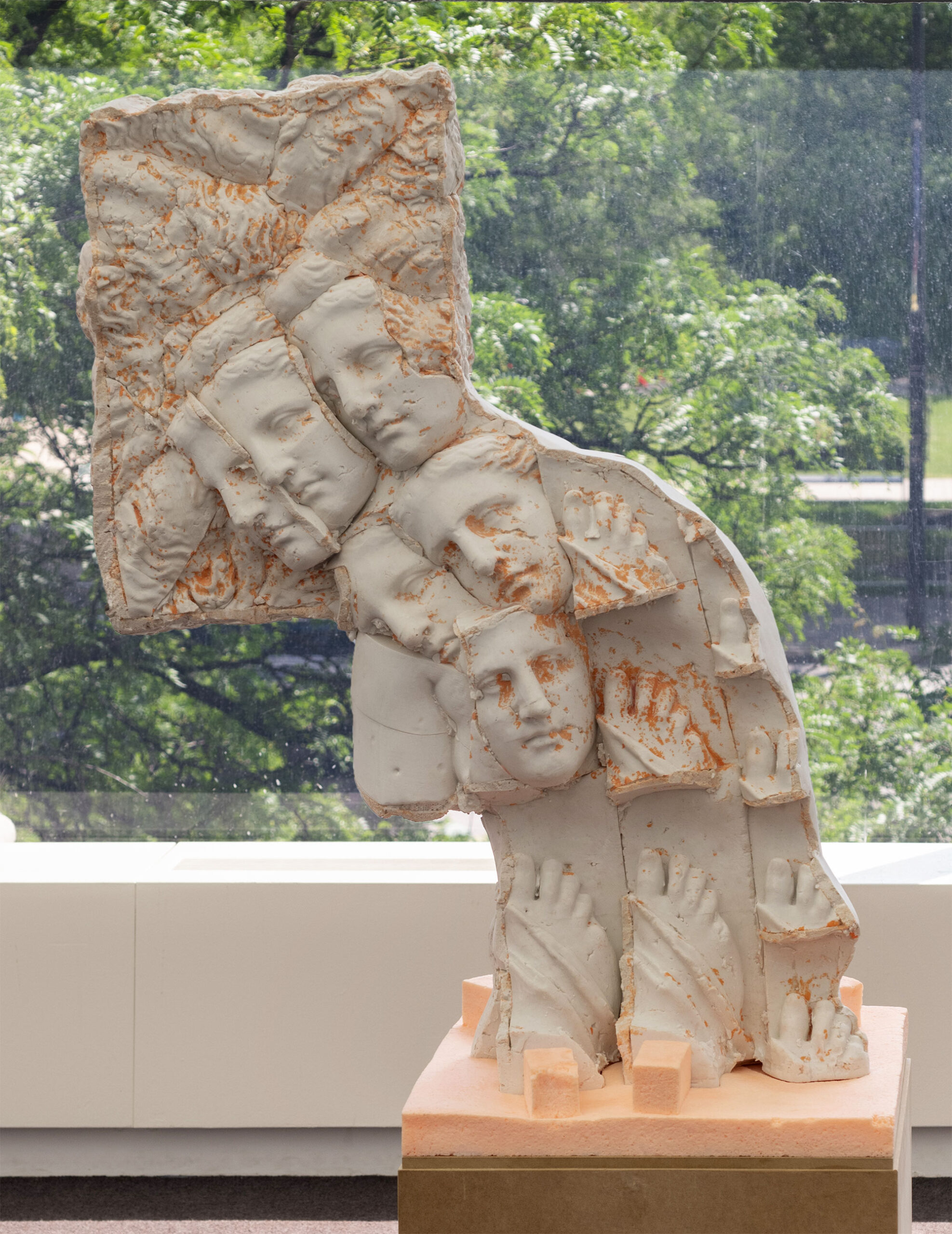
“Hyperlexia: Venus” (2021), marble, resin, foam, and fiberglass, 40 x 30 x 24 inches
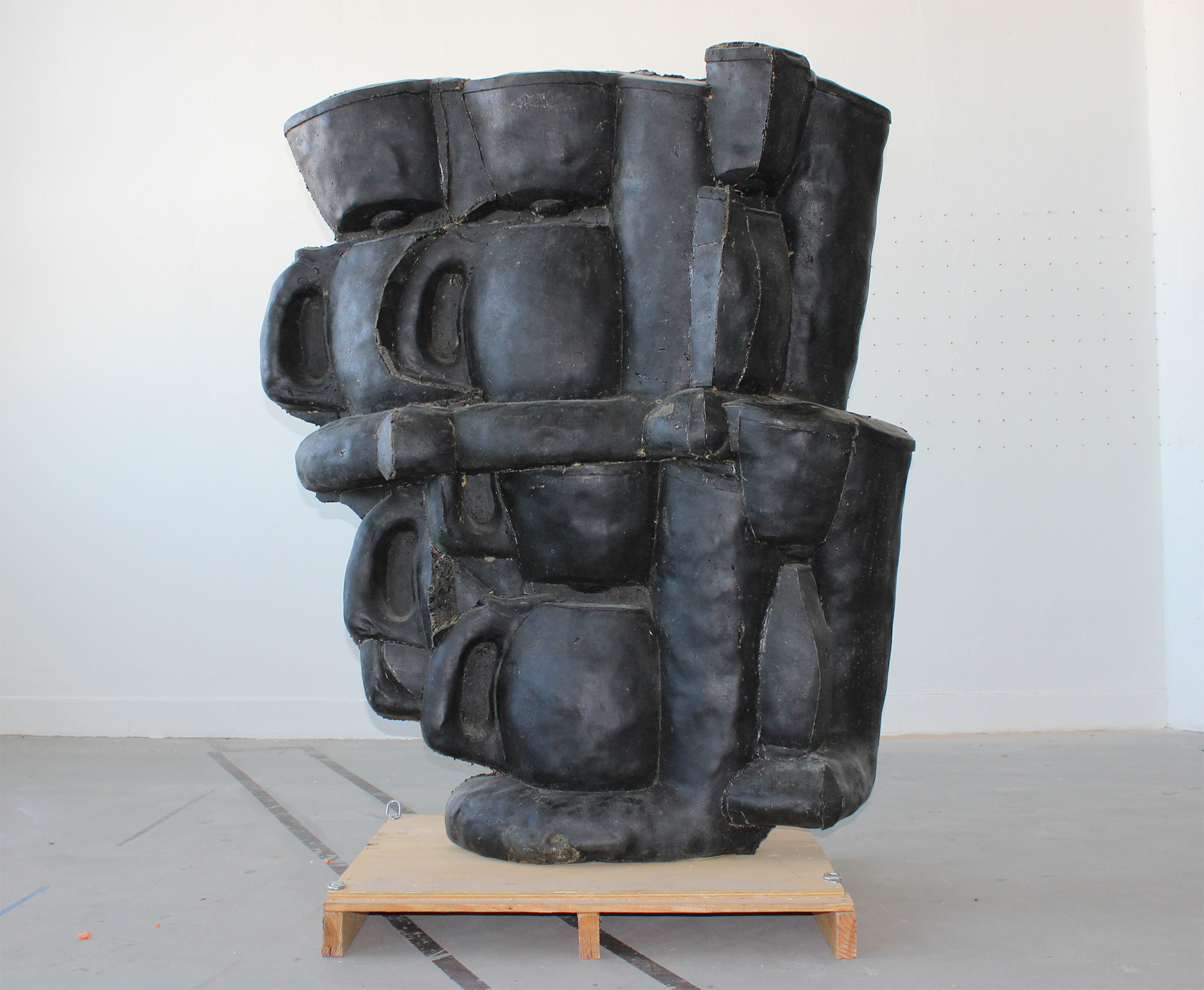
“Mr. Coffee” (2019), sand blasting sand, resin, urethane foam, steel, hardware, and wood, 68 x 48 x 24 inches
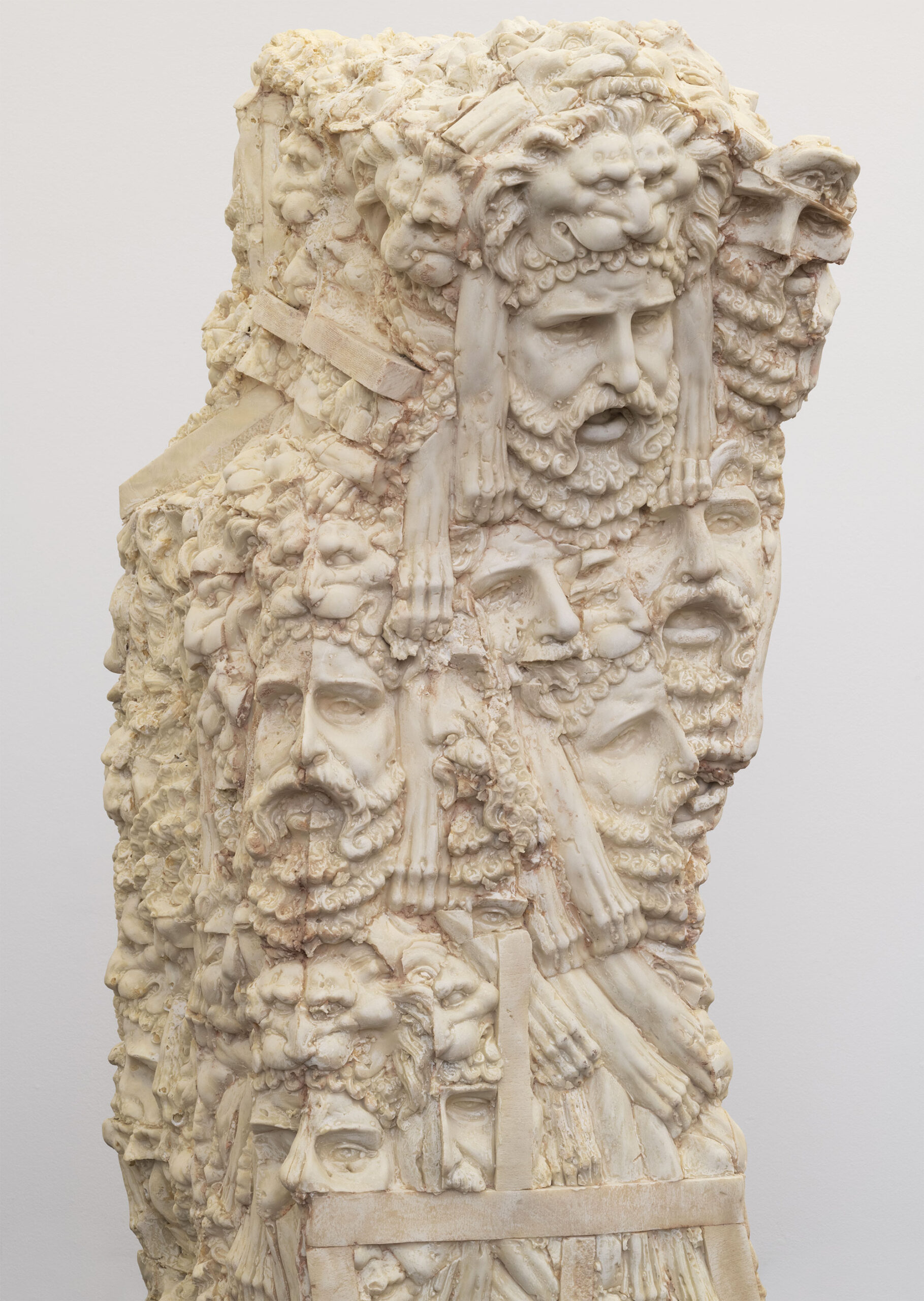
Detail of “Garden Gipsoteca: Hercules” (2019), marble, resin, pigment, urethane foam, steel, abd wood, 84 x 36 x 24 inches
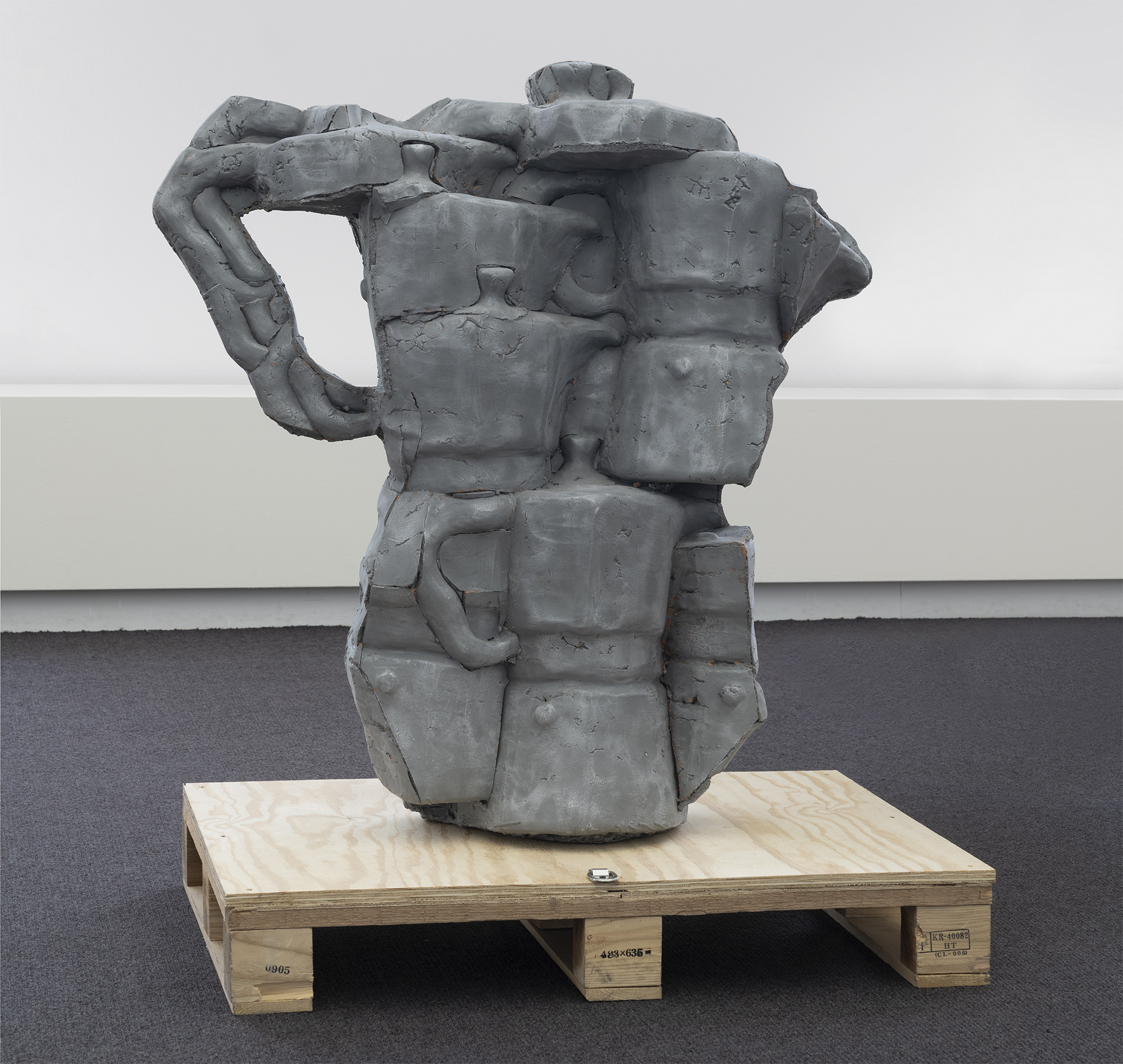
“Hyperlexia: Moka” (2020), aluminum, resin, foam, and fiberglass, 41 x 40 x 14 inches
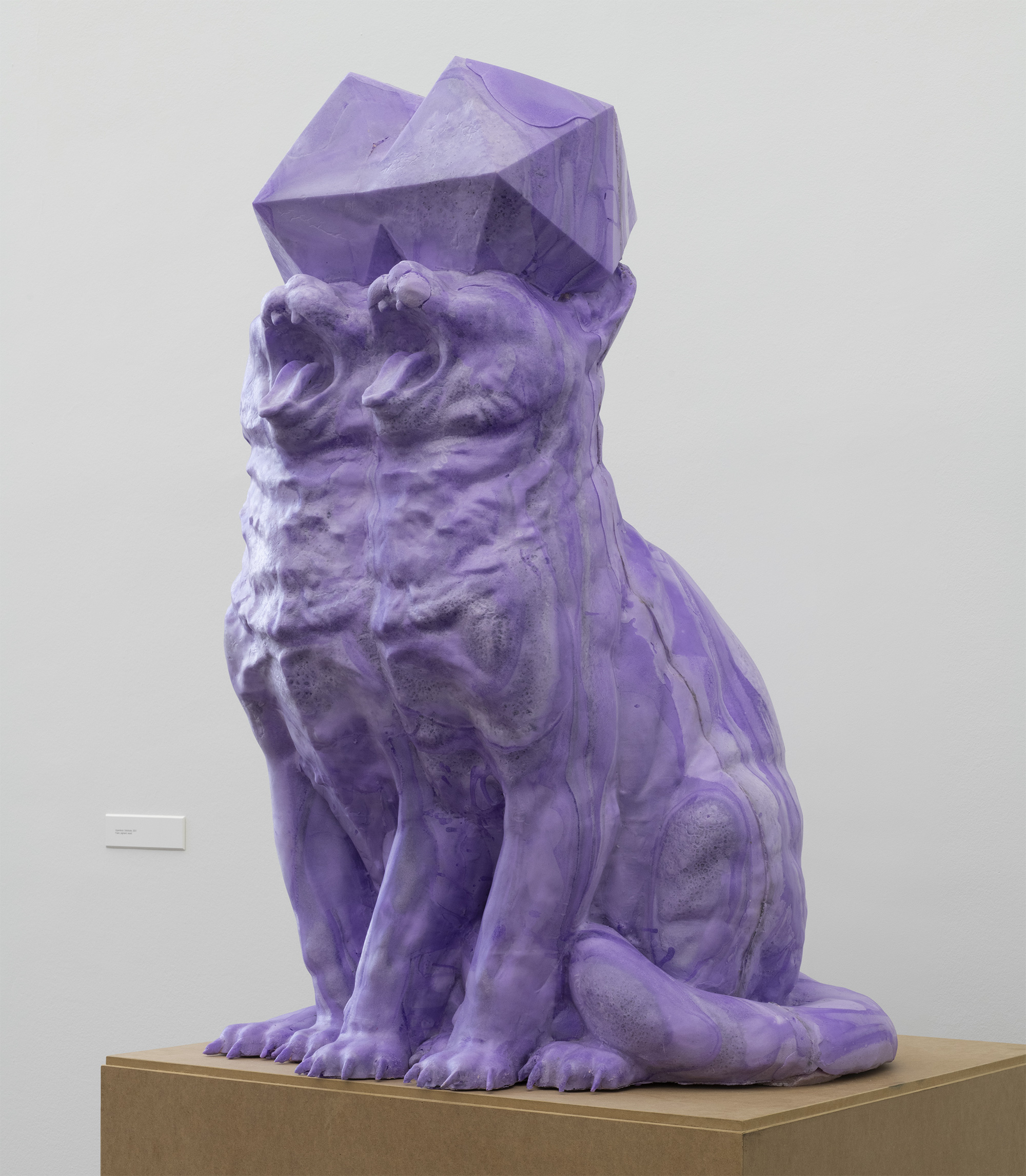
“Hyperlexia: Solicitude” (2021), foam, pigment, and wood, 48 x 36 x 36 inches
#art history
#sculpture
Do stories and artists like this matter to you? Become a Colossal Member and support independent arts publishing. Join a community of like-minded readers who are passionate about contemporary art, help support our interview series, gain access to partner discounts, and much more. Join now!
Share this story
Also on Colossal
Related posts on Colossal about art history sculpture
Iconic Marble Sculptures Tattooed with Inky Backdrops and Floral Motifs by Fabio Viale
Star Wars Characters Reimagined as Ancient Greek Statues by French Artist Travis Durden
Fragmented Garments and Body Parts Drift Away From Steel Sculptures by Regardt Van Der Meulen
Abstract Masses of Porcelain Consume Embracing Figures in Sculptures by Artist Claudia Fontes
Eroded Replicas of Iconic Sculptures Reveal Crystal Formations in New Sculptures by Daniel Arsham
This article comes from the Internet:Glitches Distort Household Objects and Art Historical Figures in Sculptures by Jeremiah Hulsebos-Spofford